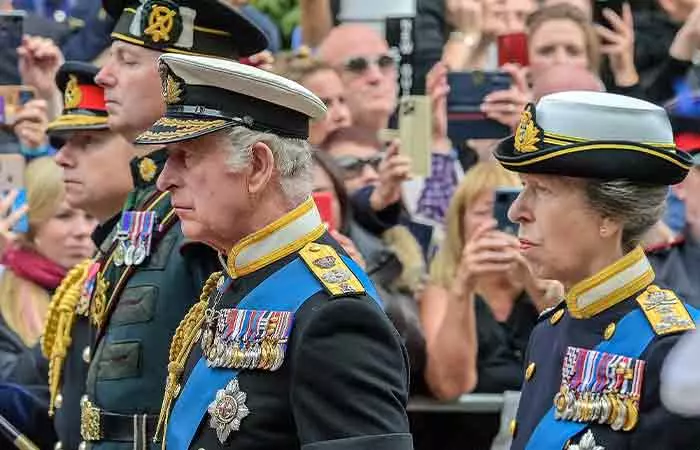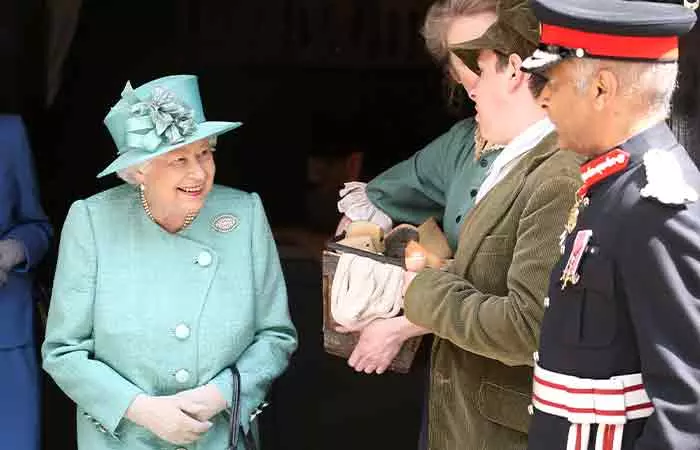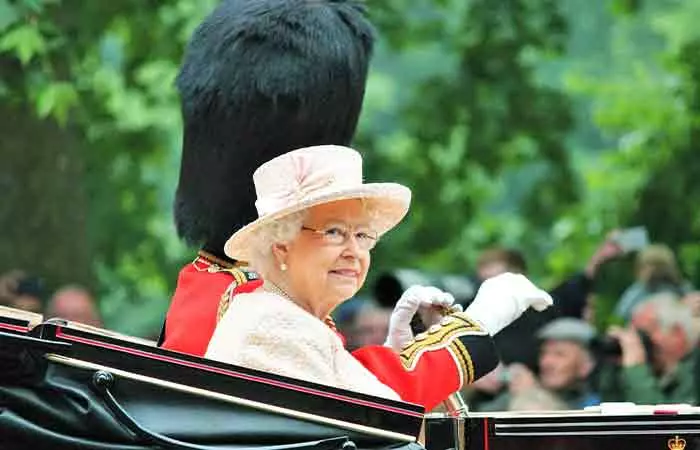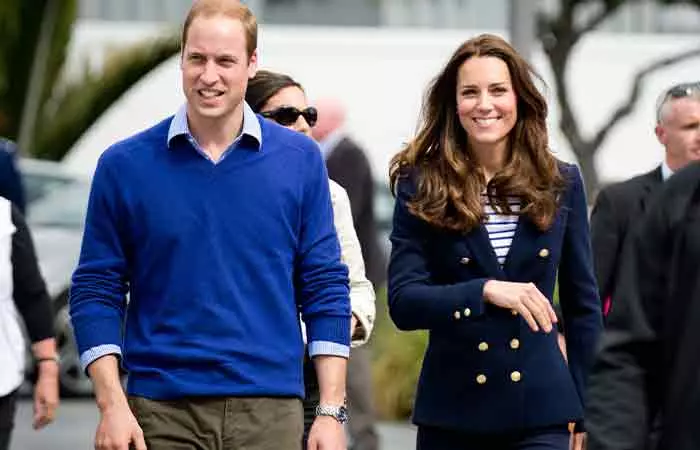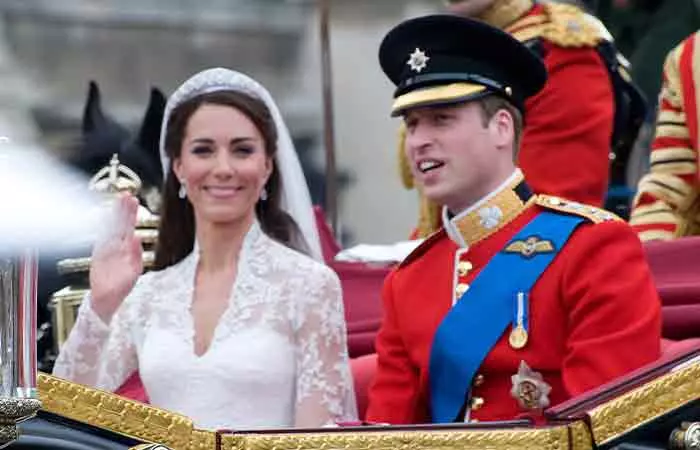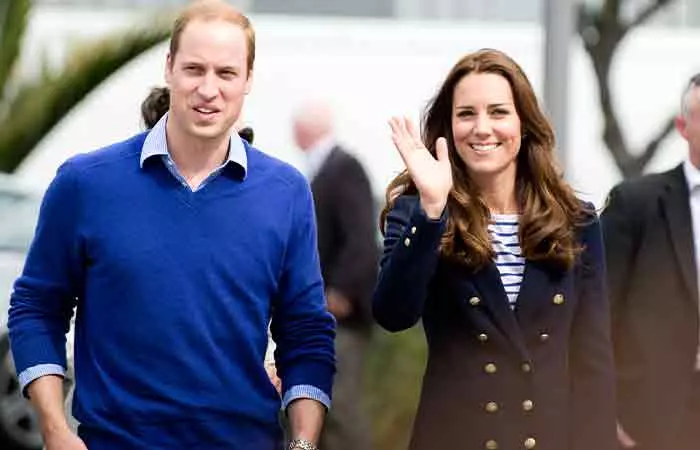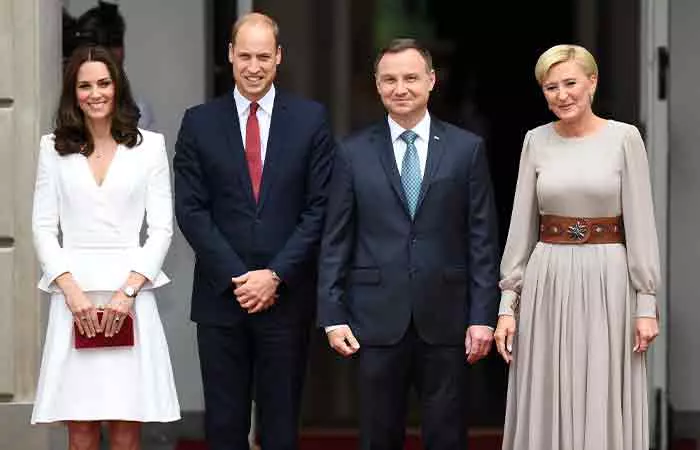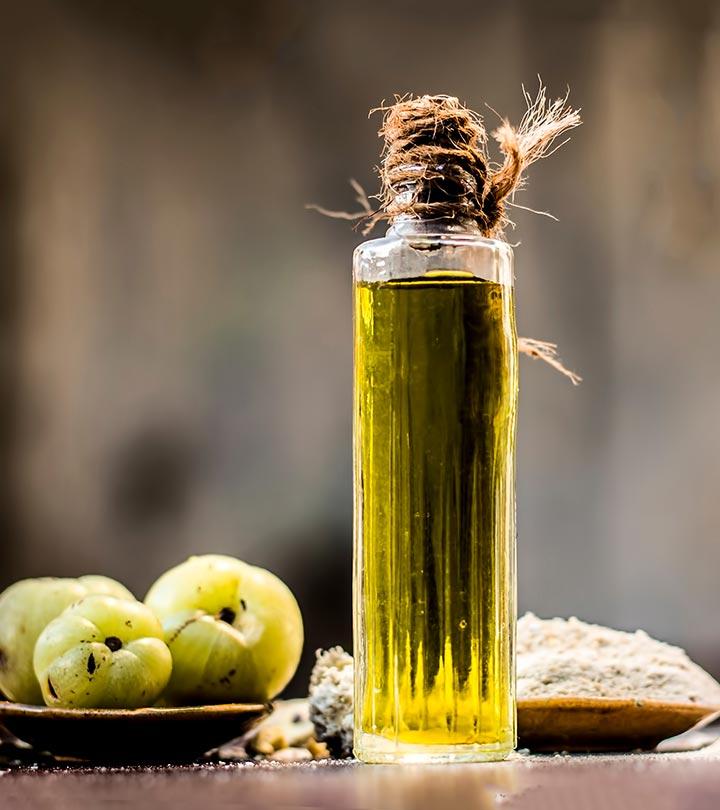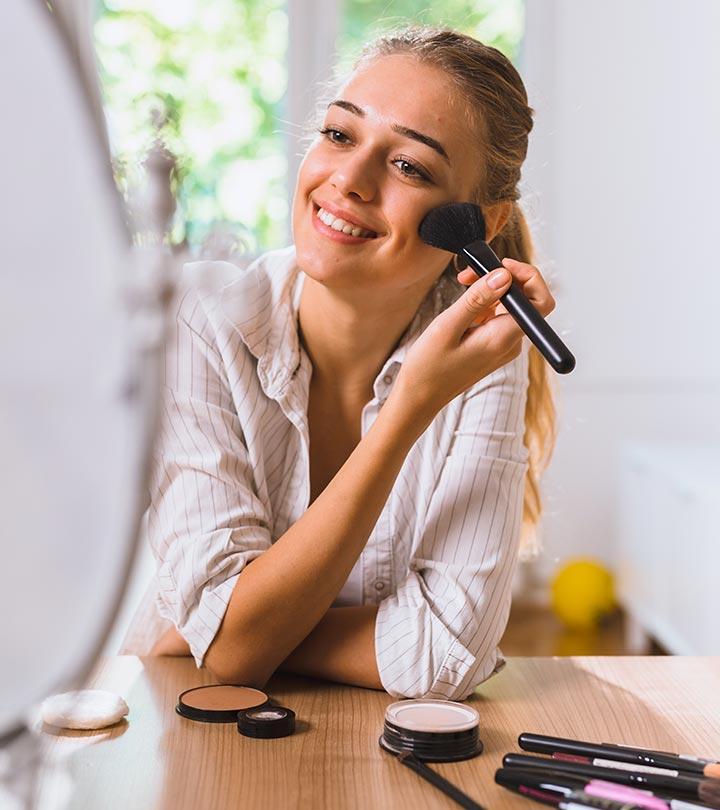How To Formally Address The British Royalty And Aristocracy In Person

Image: Shutterstock
Imagine you woke up to a letter from the British Royal family saying that you were invited to visit Buckingham palace. We understand if your first thought is what you will wear, but sooner or later, you will get to how you will address the King and the other members of the royal family. No one would like to go unprepared and offend anyone with the wrong behavior. So, before the opportunity comes, we should prepare for it immediately! Here in this article are a few rules on how you should address the members of the royalty, how you are to greet them, and how you are to approach them. Read on to know them all.
In This Article
1. Greet With A Curtsy Or Bow
They’re the most polite forms of address, although they are hardly expected nowadays, not even from the King’s people. Men should show respect by bending their necks if they take this stance. You can curtsy by crossing your foot in front of the other and bend the knees for a split second while preserving your upper body & neck in a straight line. Although not considered rude, formal curtsies are rarely seen and require much poise and finesse to execute correctly. However, deep waist bows are never done while addressing a superior. This greeting is appropriate when you pass by other members of the royal family.
2. A Bob Or Nod Are Acceptable
A slight nod (often male) or a bob (briefly bending the knees) might be used in place of a bow or a curtsy (female). Since they owe no allegiance to the British monarchy, this option is for non-Commonwealth citizens.
3. Don’t Offer Your Hands First
According to the Royal family, a handshake is an appropriate greeting. But wait for the Royal Family member to reach their hands first, then shake them very gently. Please refrain from initiating any physical form of contact on your own. Although it’s not obligatory, males should take off their gloves while shaking hands with a lady, while ladies can keep theirs on.
4. Let The Monarch Lead The Conversation
Only initiate a conversation once you have received a greeting from the royal members. Don’t bring up sensitive topics or enquire about their life. You are not expected to talk in the same manner as the King, so you can be yourself without fearing what the royal members will think of you.
5. Address Them Formally In Your First Conversation With them
The proper way to respond to a member of royalty is to use their formal title with your first response. For example, one possible answer to the King’s question, “Are you liking the place?” is, “It’s really nice, Your Majesty.” Likewise, you should address everyone else in the royal family as “Your Royal Highness.”
6. Use Short Titles For Conversations
It is proper to address all-female royal members as “Ma’am” and “Sir” for the male members of the royal family. Always refer to a royal family member by their actual title, such as “The Princess of Wales” or “Her Royal Highness” if you are writing about them in the third person. There is a risk of offending someone by using their name (e.g., “Prince Philip”). His Majesty of King is the correct form of address for the King. Don’t call somebody “King of England” because that’s only one of several titles that specify a nation.
7. Repeat The Curtsy When The Royal Members Leave
After your conversation or meeting with any royal members, you need to do the same curtsy you did when they approached you. It can be a short bow as well.
8. Approach The Dukes And Duchesses With Appropriate Titles
The Dukes and Duchess are the most prestigious members of the peerage system. Call them “Duke” or “Duchess” if you want to address them. You can continue using the same title or “Your Grace” after the initial welcome. Formal introductions should begin with “His/Her Grace the Duke/Duchess,” followed by the full title.
9. Use Lord And Lady For All The Subordinate Ranks
Don’t call somebody a “Duke” or “Duchess” in casual conversation or while introducing yourself to them. Instead of “Mr.” or “Ms.” before a name, use “Lady” or “Lord.”
The British Royal family has its set of pomp and show, and anyone addressing them needs to know all the rules that come with it. It may sound difficult at first glance, but it’s not that difficult once you understand it. So, what do you like best about the British family? Let us know in the comments section!


